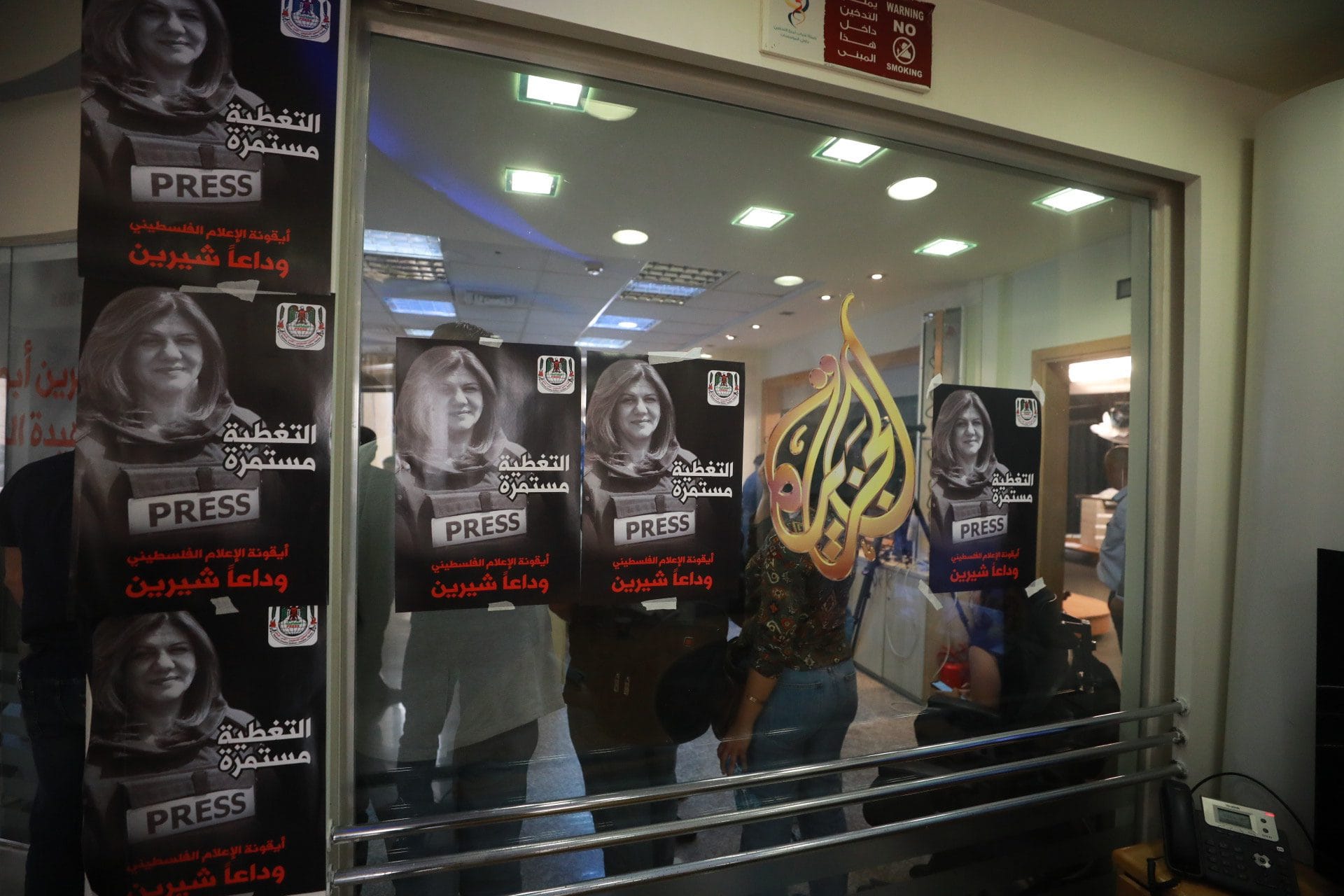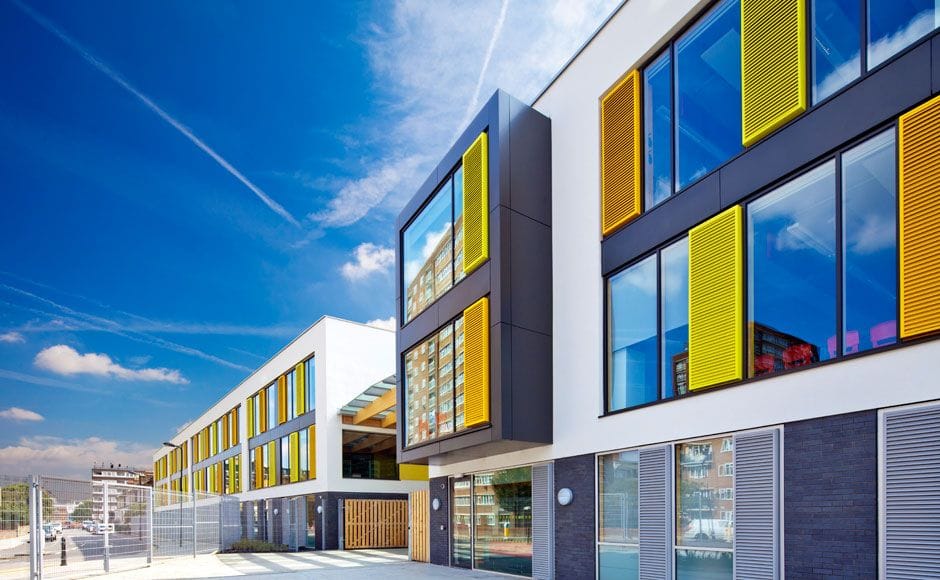As New York City continues to evolve, so too do the challenges associated with managing its vibrant and bustling urban environment. Among these challenges is the persistent issue of traffic congestion, particularly in Manhattan, where the streets are often filled with vehicles, pedestrians, and cyclists alike. In an effort to alleviate this congestion and promote a more sustainable transportation model, city officials have announced new measures that will affect drivers seeking to enter the busiest parts of Manhattan.
Starting in the coming months, drivers will be required to pay increased fees when they enter designated high-traffic zones in the heart of the city. This initiative is part of a broader congestion pricing plan that aims to reduce the number of vehicles on the road during peak hours and encourage the use of public transportation. The fees will vary based on the time of day, with higher charges during the busiest periods, thus incentivizing drivers to consider alternative travel times or modes of transport.
The decision to implement these fees has been met with a mixture of support and concern. Proponents argue that reducing the number of vehicles in these congested areas will lead to improved air quality, decreased noise pollution, and a more pleasant experience for pedestrians and cyclists. The revenue generated from these fees is expected to be reinvested into public transportation infrastructure, further enhancing the city’s transit options and encouraging a shift away from reliance on personal vehicles.
Critics, however, raise concerns about the potential financial burden this could place on residents and commuters who rely on their vehicles for work or other essential activities. There is a fear that these increased costs may disproportionately affect lower-income individuals who may not have access to reliable public transportation alternatives. City officials have emphasized that measures will be put in place to ensure equitable access to transportation options for all residents.
In addition to the financial implications, there are broader environmental considerations at play. New York City has long been at the forefront of sustainability initiatives, and this congestion pricing plan aligns with the city’s goals to reduce greenhouse gas emissions and combat climate change. By encouraging fewer cars on the road, city officials hope to contribute to a healthier urban environment for both residents and visitors.
As the implementation date for these new fees approaches, city agencies are ramping up their public outreach efforts to ensure that residents are informed about the changes and understand the rationale behind them. Information sessions, community forums, and educational campaigns are being organized to address questions and concerns, and to provide guidance on alternative transportation options available to residents.
The congestion pricing initiative is not unique to New York City; similar programs have been implemented in cities around the world, including London, Stockholm, and Singapore. These cities have reported varying degrees of success in reducing traffic congestion and improving air quality, providing valuable insights for New York as it embarks on this new chapter of urban transportation management.
In conclusion, the introduction of increased fees for drivers entering Manhattan’s busiest areas represents a significant shift in how the city approaches transportation and congestion management. While the potential benefits of improved air quality and enhanced public transportation options are clear, the challenges of ensuring equitable access and addressing the concerns of residents remain critical considerations. As New York City continues to adapt to the demands of urban life, the outcomes of this initiative will likely serve as a model for other cities facing similar challenges.



